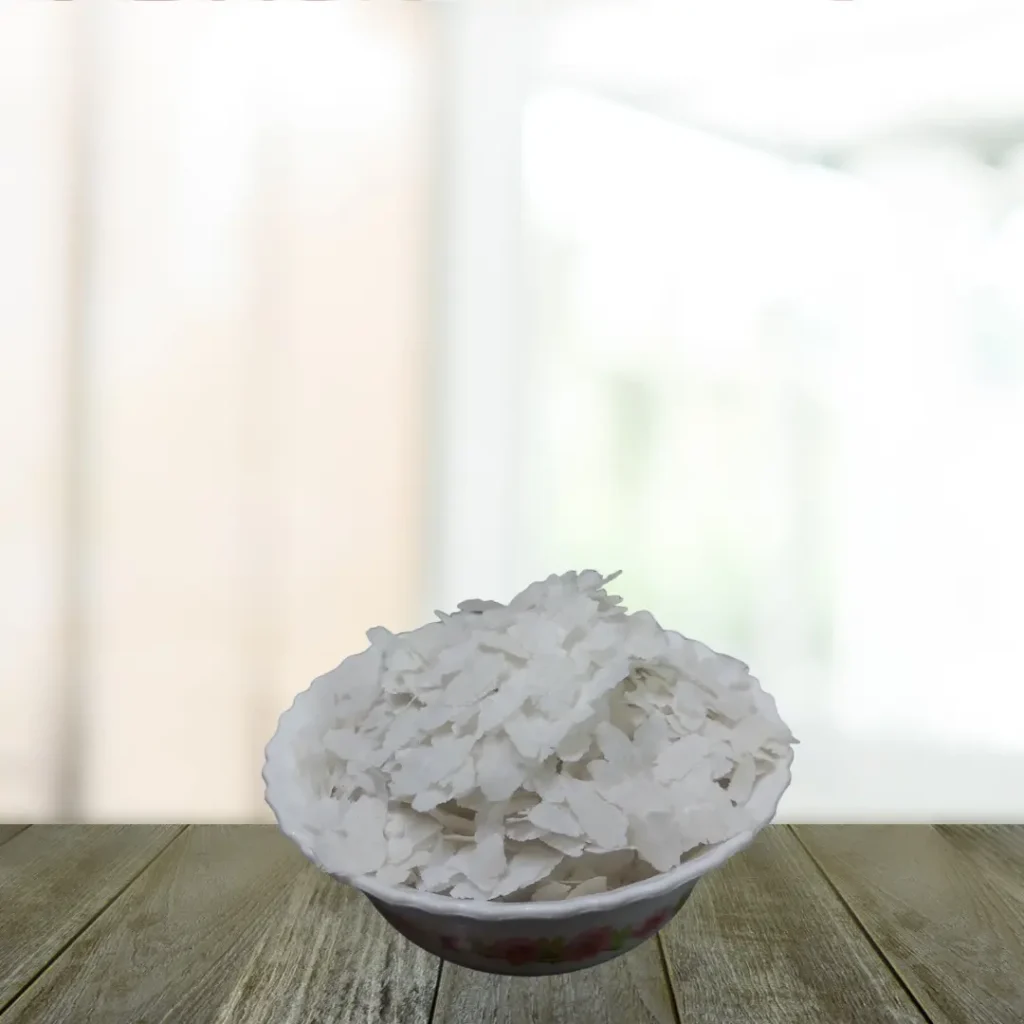Thin Poha
- Thin poha is known as thin rice flakes/avalakki/pauwa and aval. It is also known as nylon poha. Thin poha is bigger in size. It obtains thin texture and oval-shape as it gets rolled one more time as compared to thick poha.
- Before being flattened rice is parboiled so it can be eaten with little or no cooking.
- It has a moisture content of 11-12% and is white in colour.
- Thin rice flakes are prepared from beaten rice. It is processed in states like Maharashtra, Gujarat, Indore and other states in India.
- Thin rice flakes becomes soft quickly when rinsed in water. Hence, this variety of Poha is used for preparing recipes like roasted poha chivda, poha kheer and many other traditional dishes. It is also used for cooking baby foods like poha porridge.
- Thin rice flakes can be enjoyed for morning lunch, evening snacks and to satisfy midnight cravings.
Health Benefits of Thin Poha:
- Thin rice flakes are more healthy than rice in day-to-day diet. Thin rice flakes are easy to digest and light because it is less processed as compared to rice and the good amount of carbohydrates and fiber it contains.
- It is rich in protein and calcium.
- Thin rice flakes are a great probiotic. Before drying in the sun paddy is parboiled. It improves intestinal health and retains good bacteria during fermentation.
- Thin rice flakes are rolled between iron rollers. Hence, it has a good source of iron.
- Thin rice flakes are a healthy snack free of lactose, cholesterol and fat.
- Thin rice flakes are gluten free.
- The glycemic index is low to medium in thin rice flakes.

